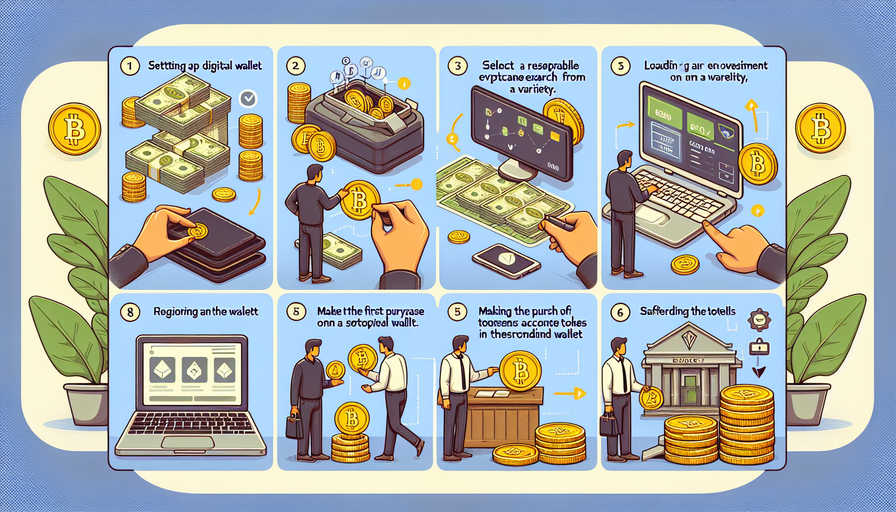In today’s digital age, where marketing strategies often revolve around online platforms and social media, the humble flyer can still be a powerful tool for spreading the word about your event or business. Whether you’re promoting a garage sale, announcing a new fitness class, or advertising your latest business venture, a well-designed flyer can grab people’s attention and convey your message effectively. In this guide, we’ll take you through the steps of creating an eye-catching flyer that will help you stand out from the crowd.
1. Define Your Objective
Before you start designing your flyer, it’s essential to have a clear understanding of what you want to achieve. Are you looking to promote an event, attract new customers, or raise awareness about a cause? Defining your objective will help you determine the key message and design elements of your flyer.
2. Know Your Audience
Understanding your target audience is crucial in creating a flyer that resonates with them. Consider their demographics, interests, and preferences when choosing colors, fonts, and images for your design. Tailoring your flyer to appeal to your audience will increase its effectiveness in capturing their attention.
3. Choose the Right Size and Shape
Decide on the size and shape of your flyer based on where you plan to distribute it. Standard sizes like A4 or letter size are versatile options for handing out or posting in public spaces. You could also opt for unique shapes like circles or triangles to make your flyer more memorable.
4. Create Compelling Content
Keep your text concise and engaging to ensure that people will read it. Include a catchy headline that captures the essence of your message and use bullet points or short paragraphs to convey key information effectively. Make sure to include essential details such as date, time, location, and contact information.
5. Use High-Quality Images
Images play a significant role in grabbing people’s attention and conveying emotions or messages quickly. Use high-quality photos or graphics that are relevant to your theme to enhance the visual appeal of your flyer. Make sure the images are clear and eye-catching without being too cluttered.
6. Choose a Color Scheme
Picking the right color scheme can make your flyer visually appealing and help create brand recognition. Consider using colors that align with your brand identity or evoke the desired emotions from your audience. Ensure text is readable by choosing contrasting colors for background and text.
7. Design Layout and Hierarchy
Plan the layout of your flyer by considering how different elements will be arranged on the page. Create visual hierarchy by using different font sizes, styles, and colors to guide readers’ eyes through the content smoothly. Place essential information prominently while balancing it with supporting details.
8. Add Call-to-Action
Every effective flyer should include a call-to-action that tells readers what steps they should take next. Whether it’s visiting a website, calling a number, or attending an event, make sure this information stands out on your flyer so that recipients know how to respond.
By following these steps and putting thought into each aspect of your design process, you can create a visually appealing and impactful flyer that conveys your message effectively to your target audience.


